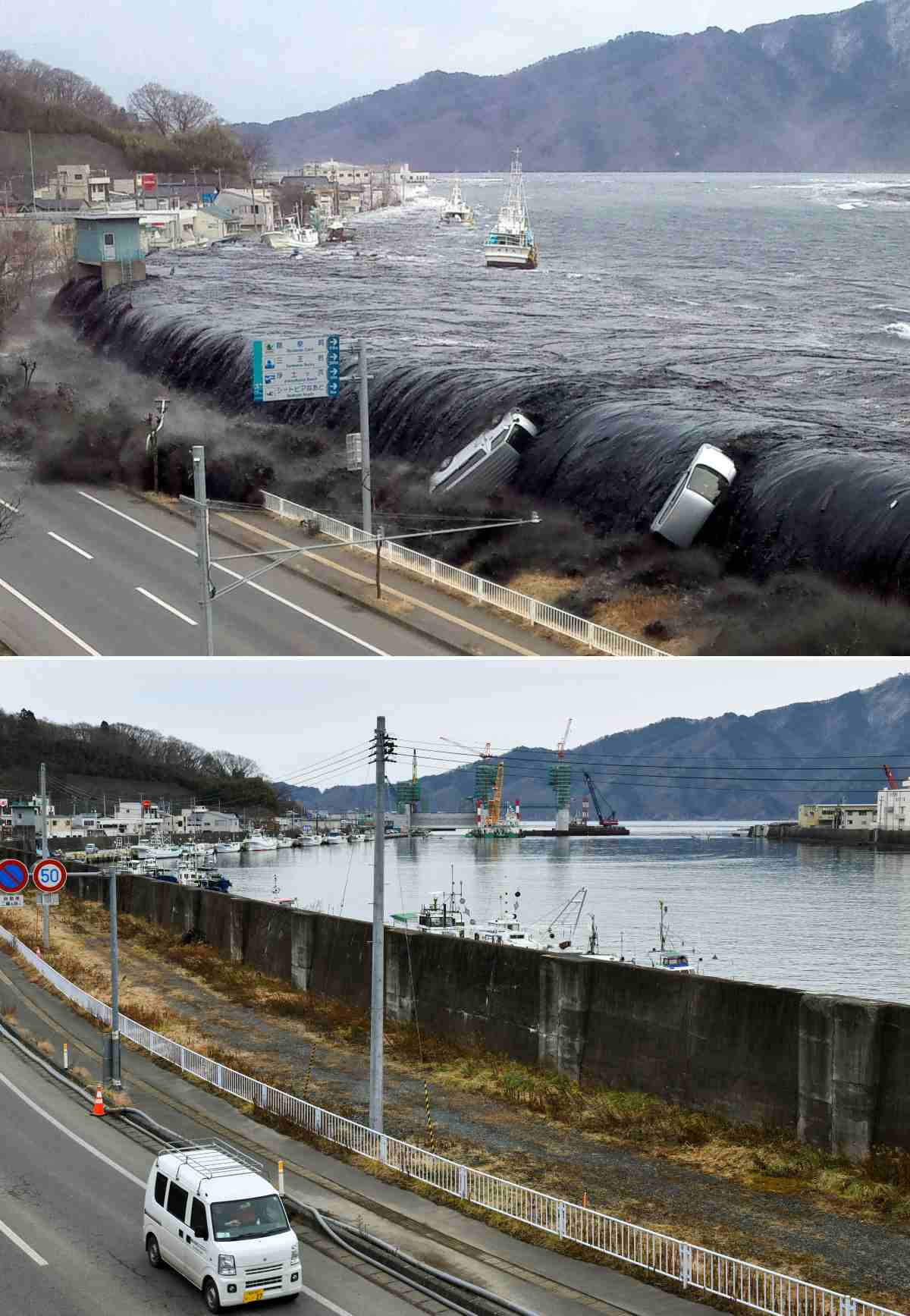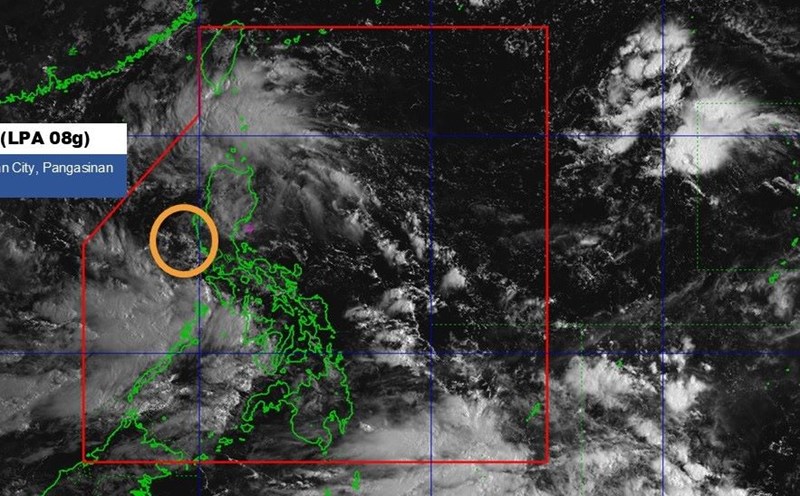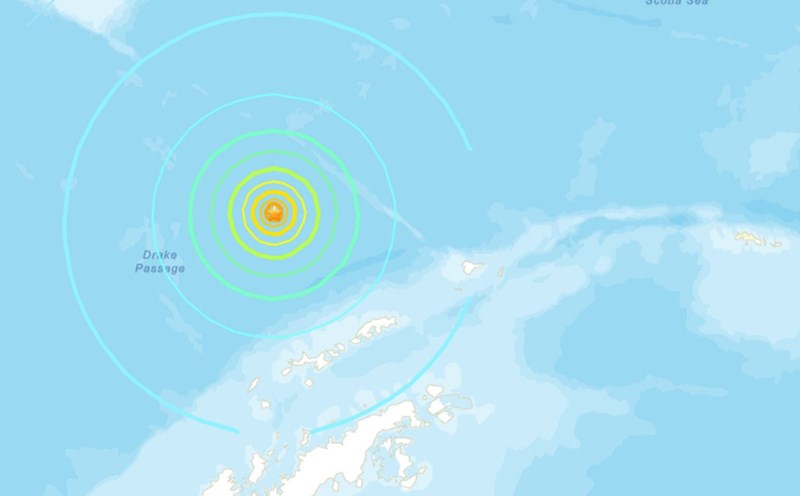Hiding in the deep water, where the Japan Trench is up to 7km deep, international scientists have unlocked valuable clues about how terrible earthquakes and sunscreens are produced.
From September to December 2024, Expedition 405 of the International Ocean exploration Program (IODP) conducted 4 months of research off the coast of Japan. On the Chikyu ship - the world's largest scientific drilling rig - 60 scientists and engineers drilled deep into the seabed to remove the sedimentary core.
The highlight of the trip was drilling directly into the disruption that caused the 2011 super earthquake and Tsunami. This is only the second time in history that scientists have been able to access the heart of this dangerous subduction zone.
On March 11, 2011, a 9.1-magnitude earthquake shook northeastern Japan, triggering a dozens of meter-high Tsunami, killing more than 18,000 people and causing a Fukushima nuclear disaster.

What surprised geologists was not only the strength, but also the location of the slide right next to the seabed, at the shallowest part of the plaque boundary. Here, the tectonic plates slid up to more than 50m, enough to push a huge amount of water away, creating a historic Tsunami.
During the 2024 journey, scientists drilled more than 800m deep into the seabed to approach the decollement - the boundary layer where the Pacific Ocean is monitoring down to the Okhotsk region. This is the " outbreak" of the 2011 super earthquake.
The sedimentary corees were exposed to complex structures: L layered clay rich in slippery minerals such as smectite, which can reduce friction and cause the tectonic plate to easily slide close to the seabed. These findings help explain why the apparently lazy farming areas can release terrible energy.
At the same time, the research team also installed a long-term monitoring station in the drill hole, to measure temperature and fluid pressure - signals that can reveal the energy accumulation process leading to earthquakes.
On the deck of the Chikyu, once every three hours, a new sedimentary core is moved up. Scientists compare them to black boxes that store Earths memories, recalling the history of millions of years. Some core contain traces of seabed slides and depositors caused by sunscreens - geological signatures of past disasters.
Japan is no exception. Other subduction unions in Chile, Alaska or Indonesia also have similar potential risks, threatening tens of millions of coastal residents. If the shallow-slip mechanism like in Japan can occur there, then current earthquake and Tsunami forecast models need to be urgently adjusted.
According to experts, the goal of the exploration trip is not only to explain why the 2011 disaster occurred, but also to improve early warning and prevention capabilities. Data from the new monitoring station and upcoming experiments promises to provide the most comprehensive picture of how super earthquakes are formed.










